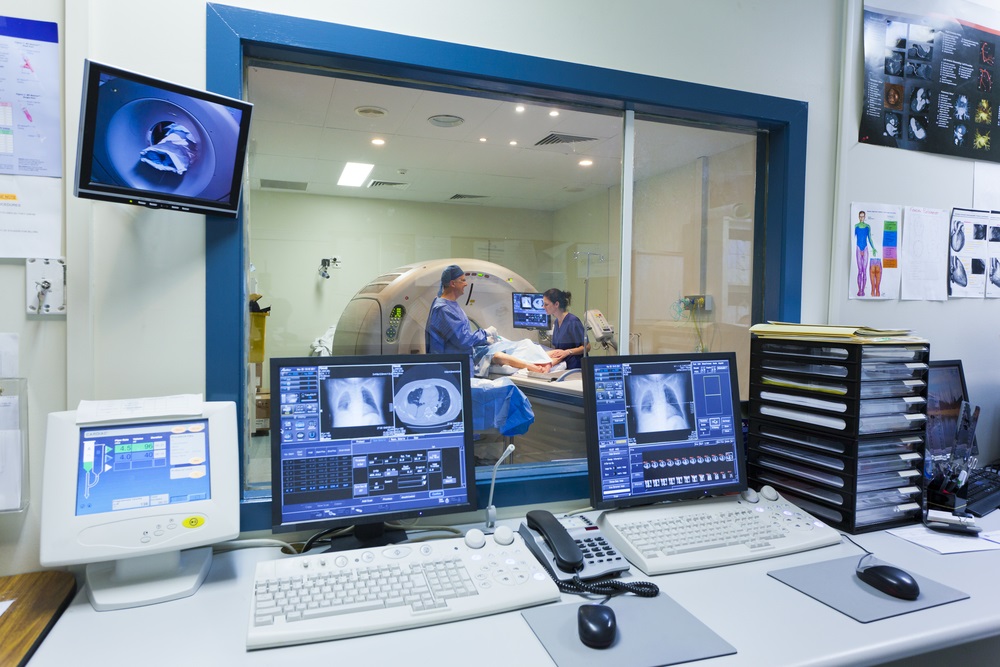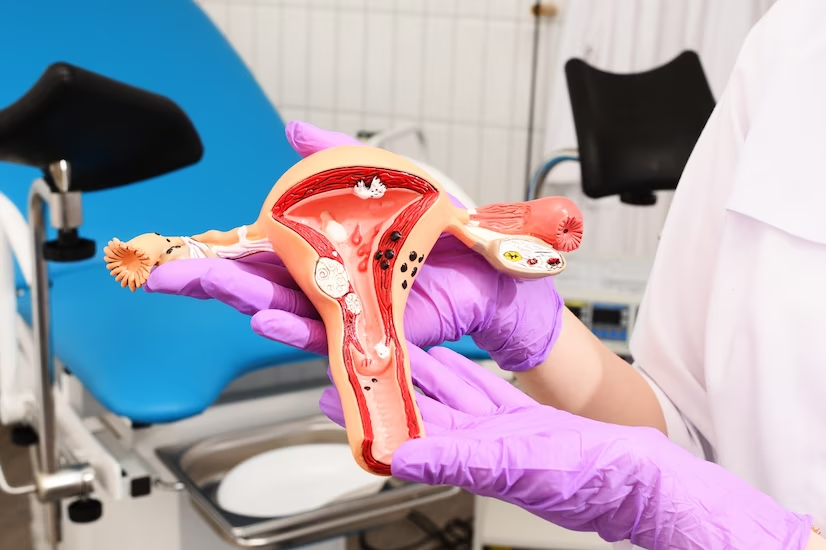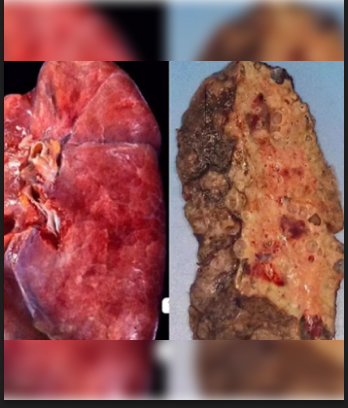Introduction
Late-Stage Lung Cancer can be a devastating diagnosis, and patients are left with limited choices for treatment and a desolate prognosis. In recent years, medical advancements have brought new hope to these patients by successfully performing a Double Lung Transplant Procedure. This groundbreaking procedure offers a ray of hope to late-stage lung cancer patients, providing them with a chance for improved quality of life and increased survival rates. In this article, we will dive into the intricacies of the double lung transplant technique, examining its potential impact on late-stage lung cancer patients.1
Understanding the Late-Stage Lung Cancer
Stage 4 Lung Cancer, also known as advanced or late-stage lung cancer, is a progressive condition where cancer cells have disseminated from the primary tumor in the lung to other distant parts of the body.2,3.
When cancer cells break out from the initial tumor and spread through the bloodstream or lymphatic system, this is called “Metastasis.” These cells can travel to various organs, such as the brain, bones, liver, and adrenal glands, to develop new metastatic tumors. 2

Late-stage lung cancer is often detected through the presence of symptoms, which can occur at any stage but become more prevalent as the cancer advances.
- Blood in the spit.
- Cough that persists and worsens.
- Hemoptysis (blood coughing).
- Deep breathing, coughing, and laughing may increase chest pain.
- Voice hoarse.
- Appetite issues.
- Unintentional weight loss.
- Breathing difficulty.
- Weakness or fatigue.
- Wheezing.
- Infections such as bronchitis and pneumonia are common.

Advanced or metastatic lung cancer can be diagnosed through various procedures:
- MRI and CT scans produce detailed images of the body’s interior, aiding in detecting whether lung cancer has metastasized to the brain or spinal cord.
- PET Scans reveal the location of cancer cells in the body. Patients receive a small injection of a radioactive sugar substance before the scan, which settles in areas with cancer cells, indicating their presence and location.
- A Biopsy is essential for confirming a cancer diagnosis. It involves removing a sample of cells or tissue, which a pathologist examines under a microscope to detect signs of cancer.3
Double Lung Transplant Technique: A Glimmer of Hope1
In the early stages, lung cancer can be treated with surgery, chemotherapy, radiation therapy, targeted therapy, or a combination of these treatments. However, if these measures are no longer effective or lung function becomes life-threatening, the pulmonologist may recommend a single or double-lung transplant as an alternative option.
The surgery begins with the evaluation of the recipient to determine their eligibility for the procedure. Once a suitable candidate is identified, they are placed on a waiting list for donor lungs. Patients may find the waiting period difficult due to the scarcity of suitable donor organs.
Before a lung transplant, thorough pre-transplant screening is essential. This initial step assesses patient’s suitability for the procedure, ensuring it is the right treatment. A transplant coordinator will collect medical information and the condition of the patient details to guide decision-making.
During a double lung transplant, lasting six to 12 hours, the patient will be under general anesthesia, unaware and pain-free. A breathing tube will assist breathing through the mouth and windpipe.
The surgeon will remove the damaged lung by incision the chest. They will connect the main airway and blood vessels between the affected lung and heart to the donor lung. In certain cases, a heart-lung bypass machine may circulate blood during the transplant. After leaving the hospital, patients need around three months of close monitoring by the transplant team to prevent, detect, and treat complications and assess lung function.
Post Transplant Care and Monitoring
The success of a double lung transplant depends not only on the surgery itself but also on the post-transplant care and management. The patient must follow a strict regimen of medications, including immunosuppressants, to prevent their body from rejecting the transplanted lungs. Frequent follow-up visits with the transplant team are essential to monitor lung function, detect potential complications, and ensure the patient’s overall well-being.2
A double lung transplant incision should typically heal within approximately two weeks. Patients can expect to resume driving around six to eight weeks post-surgery. Within three to six months, the risk of lung transplant acute rejection decreases, and lung function should stabilize. However, it is crucial to understand that every individual’s recovery is unique and may vary. Following the Thoracic Oncologists’ instructions diligently ensures a successful double lung transplant recovery.2,3.
Conclusion1
The successful double lung transplant technique has emerged as a beacon of hope for patients with advanced lung cancer who have exhausted every potential possibility for treatment. Although it is not a cure for cancer, this groundbreaking procedure can extend survival and improve the quality of life for those battling advanced lung cancer. As medical research and technology progress, we can hope that the double lung transplant technique will become more accessible and effective, providing new rays of hope for late-stage lung cancer patients and their families. However, balancing optimism and realistic expectations remains imperative, as the procedure is still a complex and evolving medical intervention.
References
- Patterson GA, Cooper JD, Goldman B, Weisel RD, Pearson FG, Waters PF, Todd TR, Scully H, Goldberg M, Ginsberg RJ. Technique of successful clinical double-lung transplantation. The Annals of Thoracic Surgery. 1988 Jun 1;45(6):626-33.
- Lung Transplant. Accessed Aug 3, 2023. Available at: https://my.clevelandclinic.org/health/treatments/23044-lung-transplant
- Lung Transplant. Accessed Aug 3, 2023. Available at: https://www.mayoclinic.org/tests-procedures/lung-transplant/about/pac-20384754#:~:text=During%20a%20double%2Dlung%20transplant,won’t%20feel%20any%20pain.




